It’s hard to believe, but the base for this stylish beach off-roader was a humble microcar. Created in 2005 by St. Petersburg entrepreneur Eduard Rylov, the $5,000 vehicle became a vivid example of how minimal investment can lead to impressive results.
Eduard Rylov — an enthusiast, entrepreneur, and inventor — had a strong interest in compact vehicles. Rather than developing a car from scratch, which would have required significant funding, he decided to find an existing platform. By chance, he came across the Kineshma microcar, produced by OAO Avtoagregat in the Ivanovo region.
This four-seater, simple in design, was inexpensive and road-legal. Its spartan appearance only fueled Rylov’s imagination — he saw in it a perfect canvas for creativity.
That’s how the Cross was born — an original beach off-roader from St. Petersburg. A DIY kit was purchased for just over $1,000, and the transformation began.
To create the design, Rylov brought in vehicle designer Andrey Nagorny, known for the concept car “Ultima.” In just a few days, Nagorny sketched out a series of designs for a two-seater, and the project quickly gained momentum.
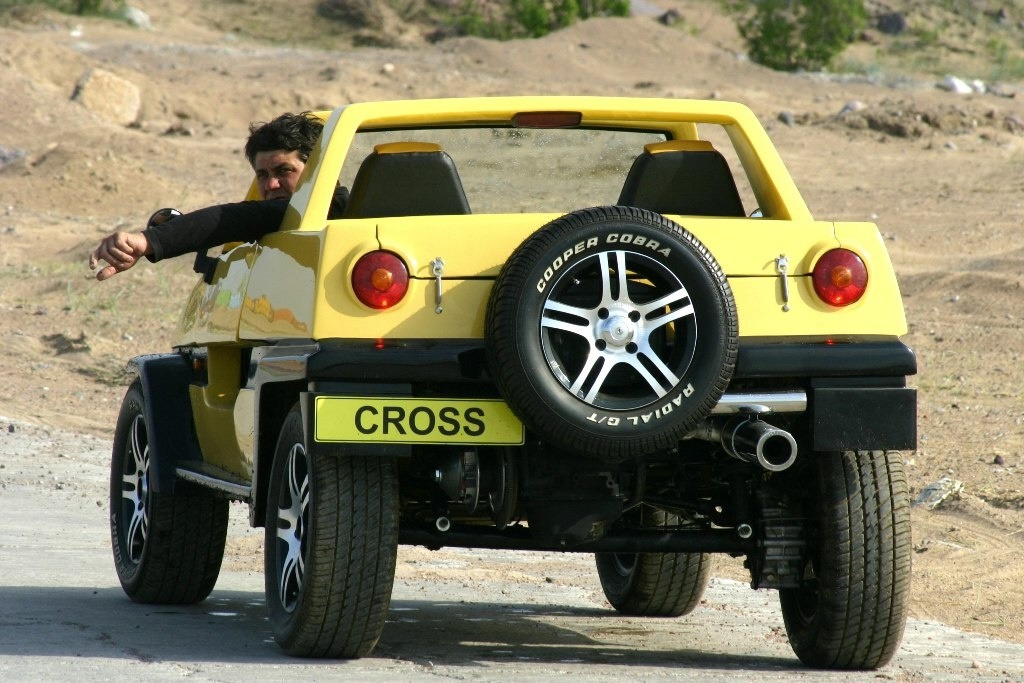
The body was made of plastic over a tubular space frame — simplifying the build and improving overall quality. At the heart of the vehicle was a 33-horsepower engine from the Oka microcar. An imported CVT transmission was used to reduce the number of controls and enhance ease of use.
The interior turned out to be striking: a custom dashboard made from VAZ components, a powerful audio system, sporty leather seats, and a removable Formula One–style steering wheel, which made it easier to enter and exit the compact cabin.
The exterior received careful attention too: neat headlights from the VAZ-2106, stylish 14-inch wheels with 215/60R14 tires, and a solid ground clearance of 225 mm (8.9 inches).
After two months of assembly, the Cross was ready. It debuted at the 2005 St. Petersburg “World of the Automobile” auto show, made a strong impression, and successfully passed performance tests. However, despite the positive reception, attempts to attract investors for series production were unsuccessful.
The prototype cost $5,000 to build, and with small-batch production, the price could have been halved. Yet, the project never moved forward beyond the initial model.
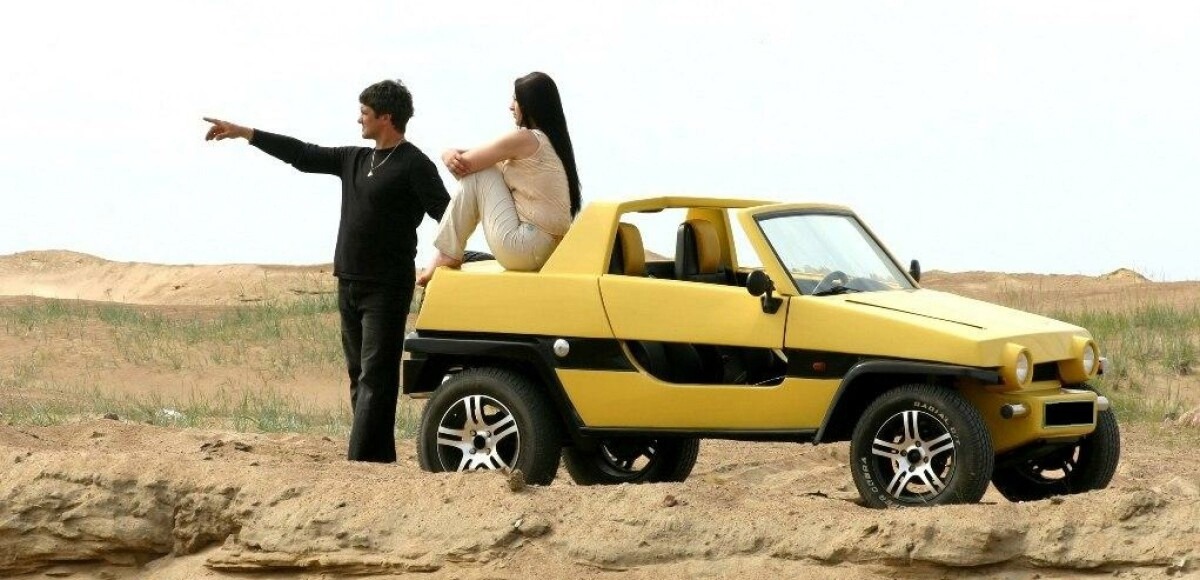



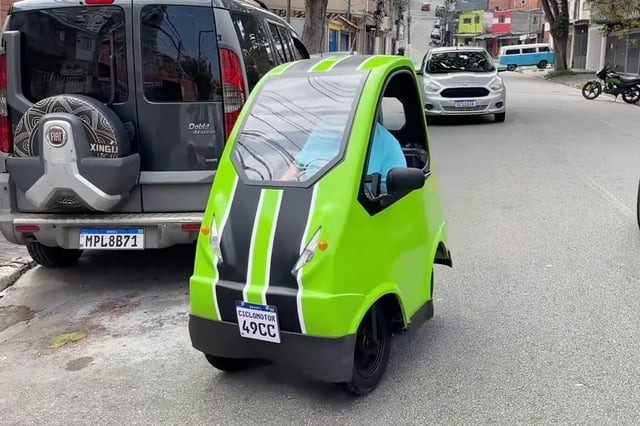









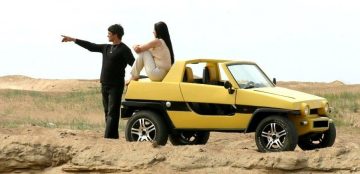
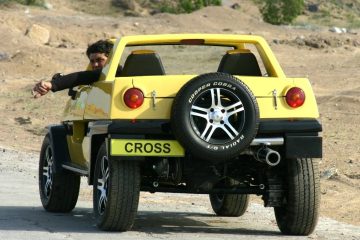
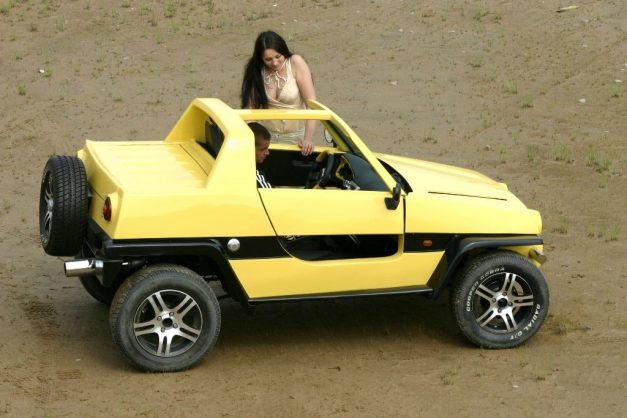

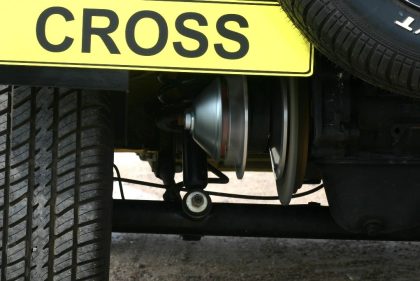
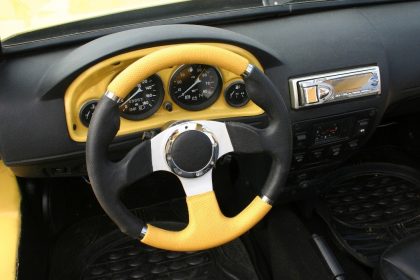
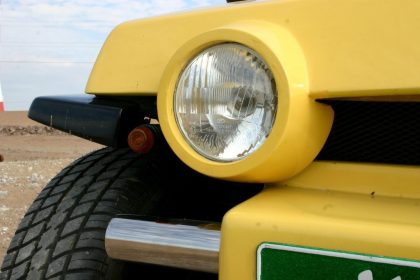

You must be logged in to post a comment Login